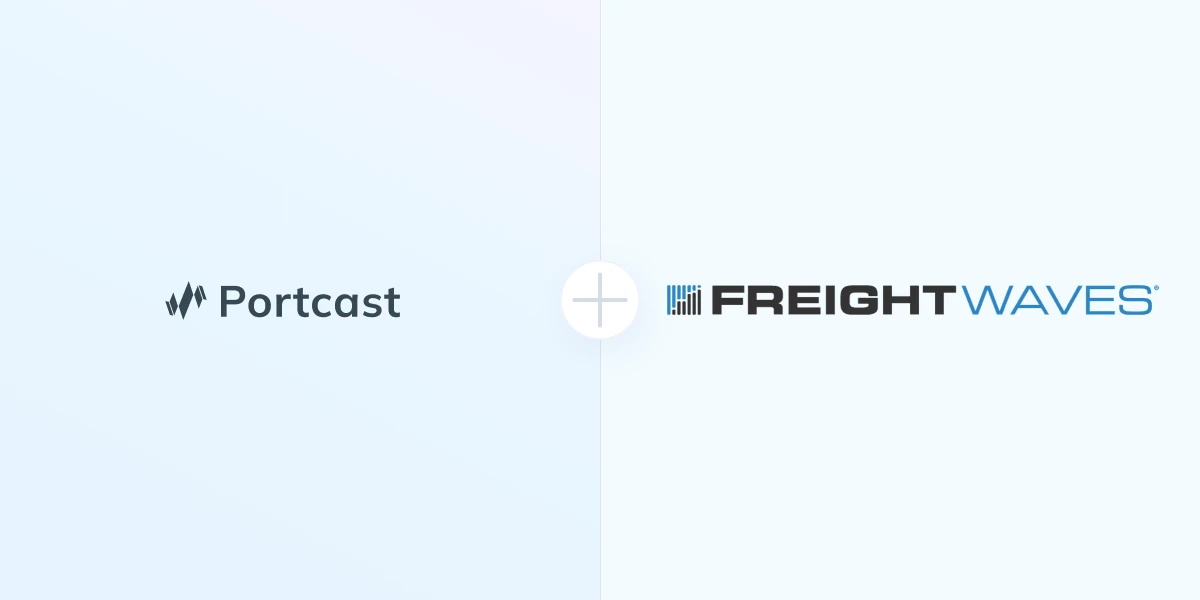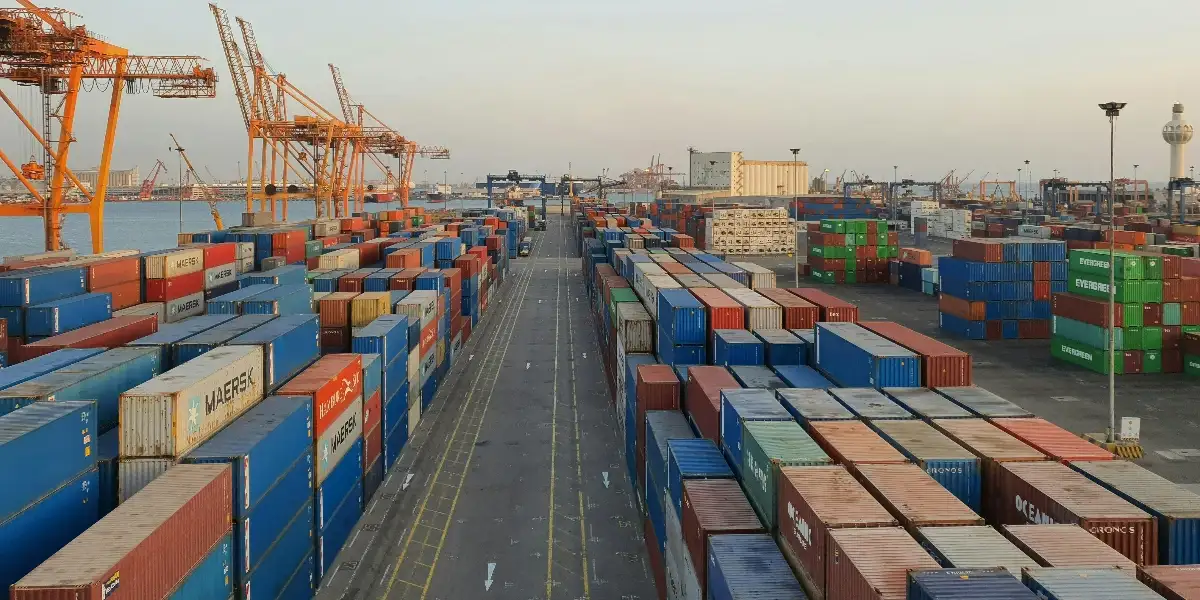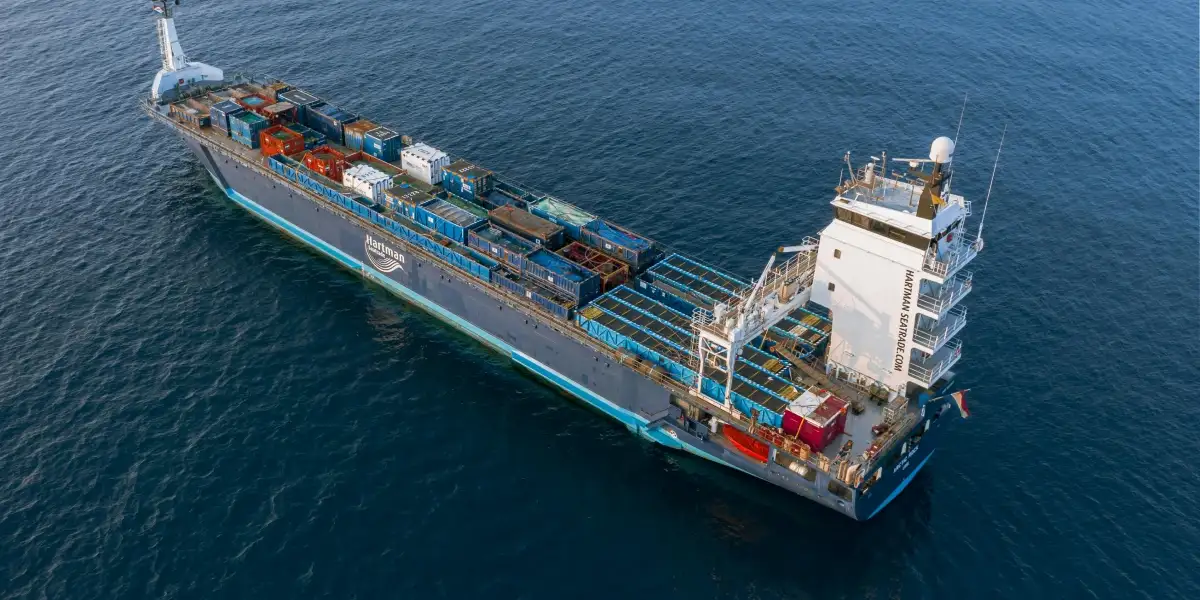The global container fleet consists of roughly 6,000 ships that carried nearly 150 Million TEUs of cargo in 2021. Considering these volumes are significantly elevated compared to pre-pandemic TEUs shipped annually, and this year is on track to better ‘21, it is little wonder that port congestion continues to grip the global maritime network. This congestion has now spilled over into rail and road networks, creating a lack of space to store inventory.
Due to port congestion, shippers, and BCOs (beneficial cargo owners) have to deal with supply chain disruptions. Congestion affects when cargo is delivered and drives negative consumer sentiment, affecting the top and bottom lines.
To deal with these uncertainties, carriers, and shippers must be aware of all their shipments in real-time. Better visibility is crucial for better estimates of ETAs (expected time of arrival) as well as an understanding of possible bottlenecks in operations and processes.
Why Forwarders and BCOs Need Predictive Visibility into Ocean Freight Movements?
- Lack of Accurate Data in Existing Tracking Systems
- Freight visibility is gleaned only when freight reaches major touchpoints in the supply chain. Unfortunately, there tend to be logistics blind spots for all players involved, which can cause delays.
- Transhipped ocean shipments can be delayed by 15 days or more due to port congestion. Thus, not having accurate and predictive information about their freight can completely disrupt supply chain planning. In such cases, shippers, freight forwarders, and BCOs need real-time, predictive visibility data for complete schedules, in-between stopovers, and any other transitions.
- No Accounting for External Disruptions in Carrier Schedules.
- Carrier schedules may not account for delays caused due to disruptions. For example, when the Yantian and Ningbo-Zhoushan ports were shut due to COVID, it led to a delay in ferrying essential goods across the world.
- Disruptions can also happen due to inclement weather, like in the case of hurricanes that constrain port operations and freight movement overload, leading to logistics bottlenecks. The time taken for carriers to update the ETA in response to such disruptions is often insufficient for operational planning purposes, leading to a schedule mismatch.
- Stakeholders need predictive visibility data to be on top of global movements that might affect cargo and ships. A global port congestion tracker like Portcast will likely provide visibility at a time like this to help shippers plan routes, create alternate schedules and prepare for disruptions.
How to Minimize the Impact of External Disruptions on the Supply Chain?
With real-time predictive data visibility and analytics, stakeholders can proactively identify and mitigate issues instead of reacting to disruptions after they happen. Instead of requesting information and gathering data from various sources, data is automatically collected, processed, and turned into usable insights. Instead of reviewing performance after an event, BCOs are now evaluating and analyzing reports generated due to exhaustive data, and in the process being proactive.
How can Freight Forwarders, and BCOs Gain Real-Time Predictive Data Visibility?
What matters as a freight forwarder or BCO is accurate, real-time data. With real-time container tracking and demand forecast functions, stakeholders have every chance of gaining a competitive edge and avoiding high demurrage charges.
At any given point, shippers, managers, forwarders, and BCOs need information about various data points, including:
- Where inventory is at any given time
- Condition of inventory after any transfers
- Readiness for inefficiencies and bottlenecks that might pop up
Without real-time predictive visibility into these factors, managers, and shippers may remain unaware of the position of their freight. A tool that provides not only real-time visibility but also has a predictive ability to address major roadblocks can help achieve these goals. Using Portcast’s dynamic demand forecasting, stakeholders can move from manual forecasting and demand management on excel sheets to forecasts based on changes to external indicators in real-time.
If you are looking for a tool to future-proof your supply chain, Portcast.io, a digital solution, can help. Portcast improves your supply chain profitability by accurately predicting container arrival times and forecasting cargo demand. Click here to learn more about taking your supply chain to Amazon’s level with predictive data and analysis.







